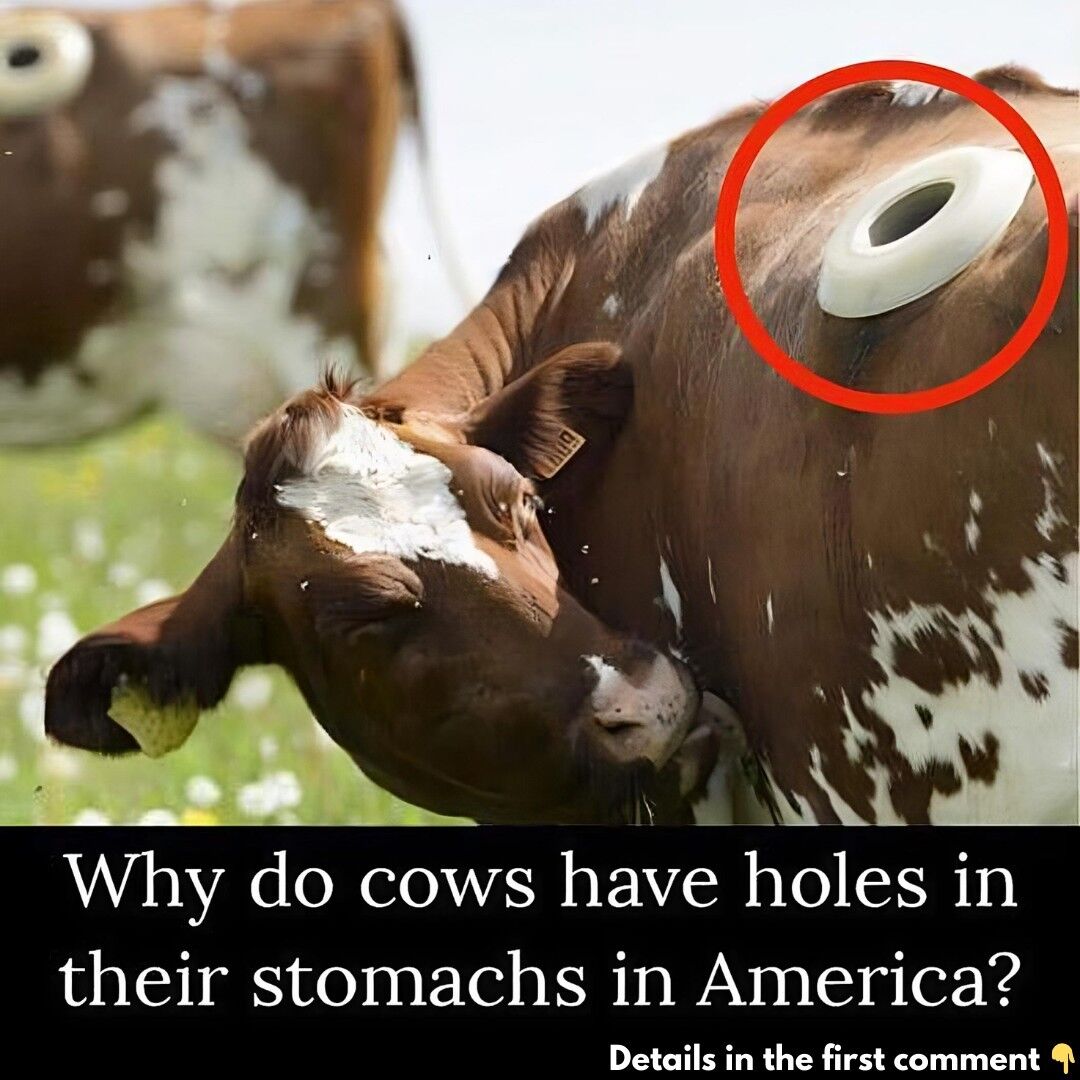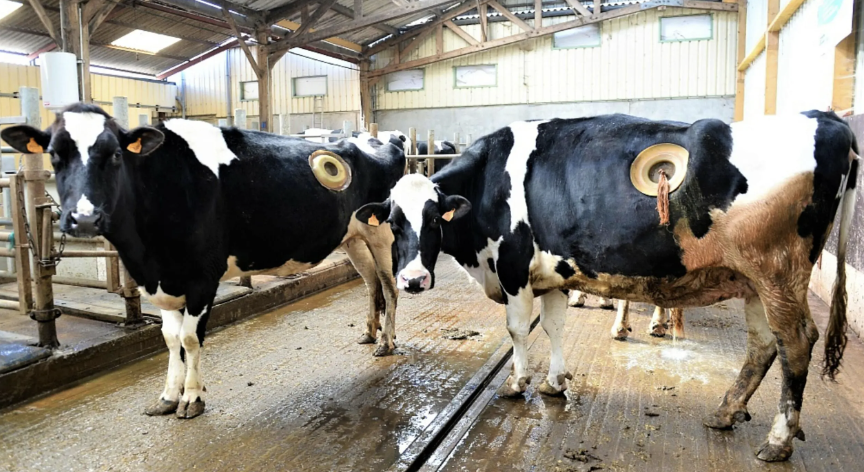
When the term “portholes” comes to mind, most people envision small circular windows found on ships or aircraft. However, portholes also play a significant role in the agricultural sector, particularly concerning cattle. This might seem unusual at first glance, but these openings—known as fistulas or cannulas—provide researchers and farmers with direct access to a cow’s stomach and have revolutionized agricultural studies. Let’s explore what these cow portholes are, their purpose, and public perceptions surrounding their use.
Understanding Cow Portholes
Cow portholes, commonly referred to as cannulas or
fistulas, are surgically created openings that grant access to the stomach of a cow. The procedure involves making an incision in the side of the animal that connects directly to its rumen—the largest compartment of its four-chambered stomach. To ensure this opening remains accessible over time, it is typically fitted with a plastic or rubber ring.
The Purpose Behind Cow Portholes
You might wonder why there is a need for such direct access into a cow’s digestive system. The answer lies in understanding cows’ unique digestive processes and their essential role in global food production. As ruminants, cows possess the ability to break down tough plant materials like grass into vital nutrients through fermentation—a process crucial for enhancing farming practices and maintaining livestock health.
Advantages of Implementing Portholes

The introduction of portholes has significantly enhanced our understanding of bovine digestion while offering several key benefits:
1. Enhanced Research Efficiency
Portholes facilitate continuous monitoring of digestion without requiring multiple invasive procedures on animals; this not only reduces stress for the cows but also makes research more ethical and effective.
2. Tailored Nutritional Strategies
With direct access to the rumen’s contents, researchers can evaluate which feed types are digested most effectively by cattle—leading to optimized diets that promote growth and overall health among livestock.
3. Mitigating Environmental Footprint
Cattle farming contributes substantially to methane emissions—a greenhouse gas linked with climate change issues worldwide (with livestock accounting for approximately 14% of total emissions). By studying digestion through porthole technology, scientists can develop feeding strategies aimed at reducing methane production while fostering sustainable agricultural practices.
4. Proactive Animal Health Management
Veterinarians benefit from immediate access when diagnosing potential health concerns within the rumen area; this proactive approach enhances animal welfare by allowing timely interventions before issues escalate.
while it may be surprising that cows utilize something akin to human-made portholes for scientific purposes; these innovations have proven invaluable in advancing our knowledge about bovine biology and improving both animal welfare and environmental sustainability within agriculture.